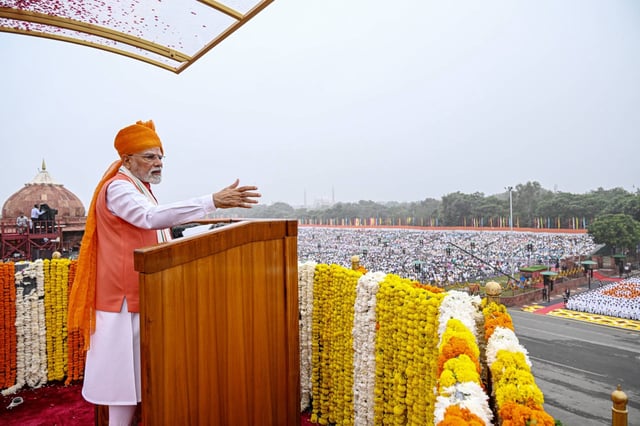Overview
- The draft next-generation GST, circulated August 17, proposes collapsing four existing slabs into two principal rates of 5% and 18%, plus a 40% levy on a narrow list of demerit goods.
- The finance ministry confirmed the compensation cess will lapse in November, removing a key revenue source earlier than its March 2026 end date.
- Officials argue higher consumption and improved compliance, backed by buffers such as RBI and PSU dividends and disinvestment proceeds, will offset any near-term revenue losses.
- Analysts estimate the rationalisation could cost up to ₹1.2 lakh crore annually, or 0.2–0.4% of GDP, raising concerns about state revenues and the need for fiscal mitigation.
- Groups of Ministers begin formal review around August 21 ahead of a GST Council meeting, targeting implementation before Diwali to deliver price relief to sectors like FMCG, autos and consumer durables.

